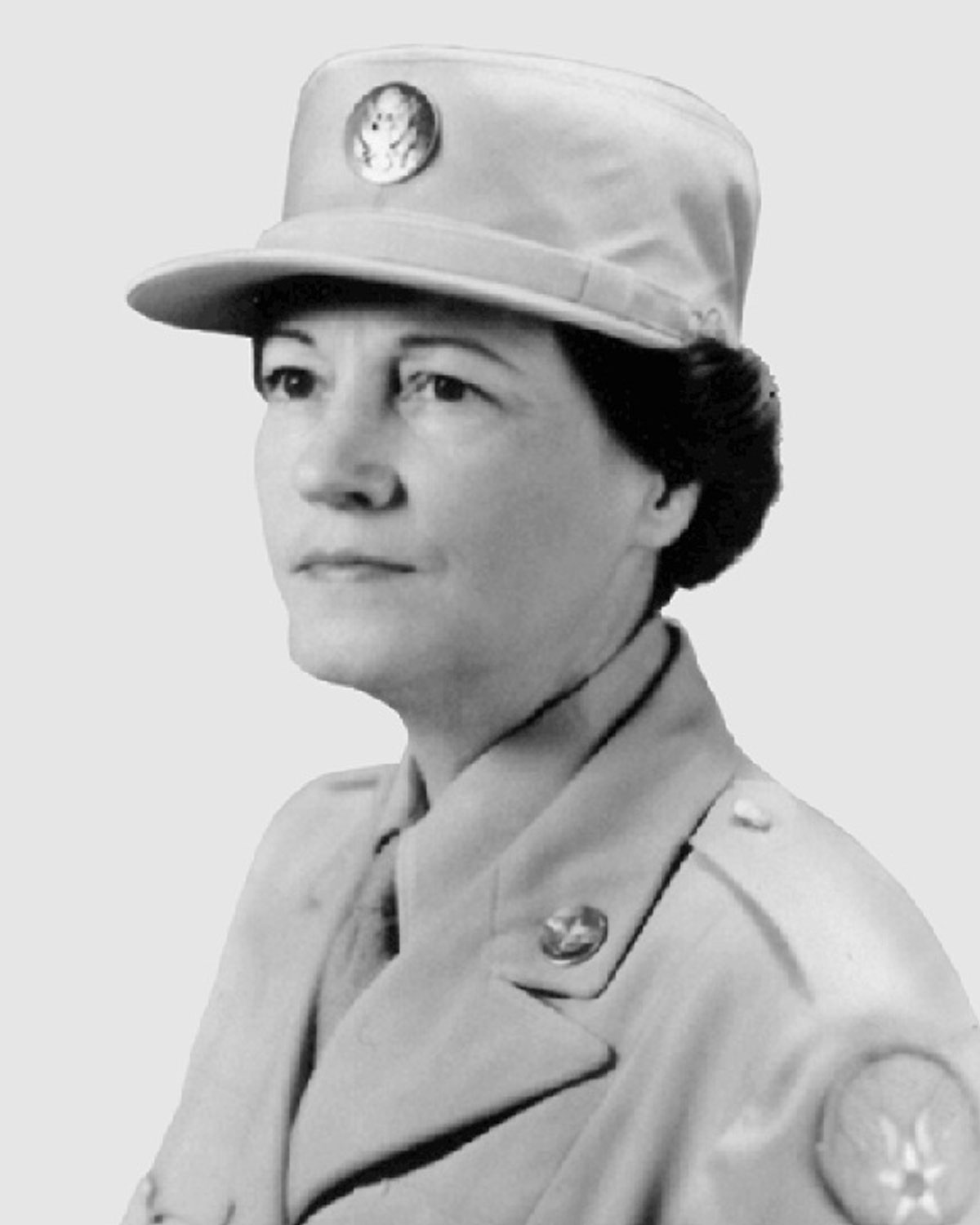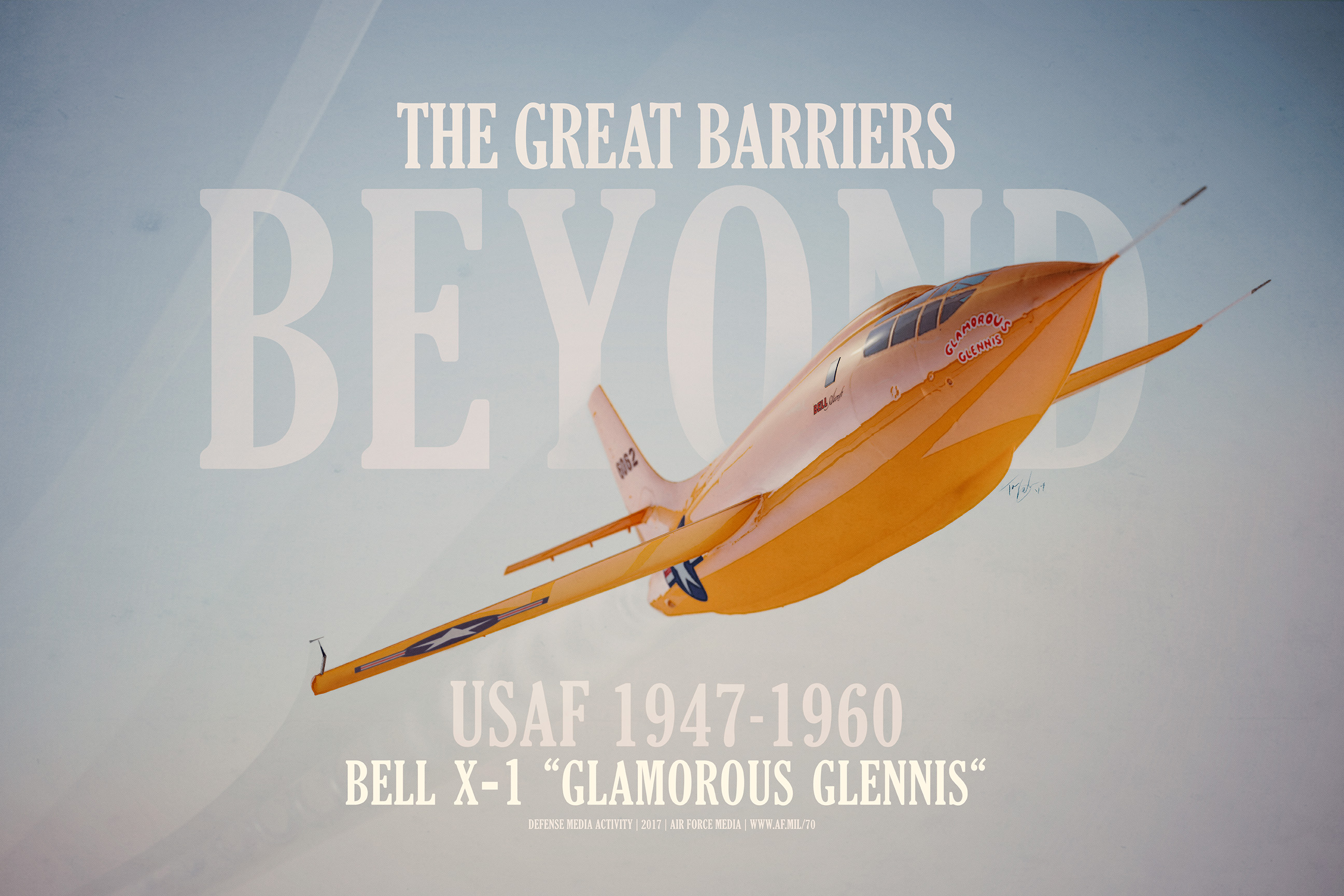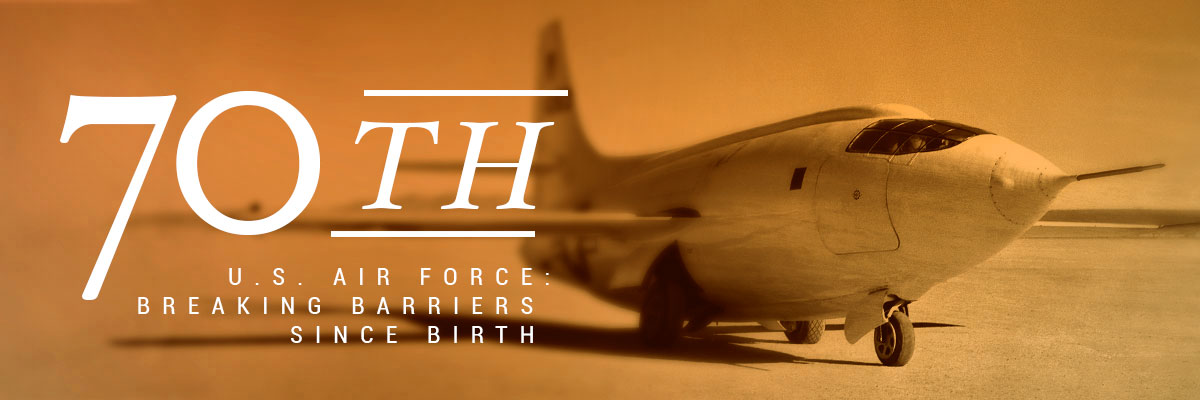
Secretary of the Air Force Public Affairs
WASHINGTON – Since its inception, the Air Force has consistently broken barriers as an element of the finest joint warfighting team on the planet, and its Airmen have refined its mission through innovation and teamwork.
There were only 318,744 Airmen within the Air Force at that time, but their accomplishments within the first decade quickly let the world know they were a force to be reckoned with.
The first Air Force Chief of Staff, Gen. Carl Spaatz, set the standard for the service when he said, “We'd better be prepared to dominate the skies above the surface of the earth, or be prepared to be buried beneath it.”
The Emergence of Air Superiority
On Oct. 14, 1947, 24-year-old Capt. Chuck Yeager piloted the experimental rocket-propelled Bell Aircraft XS-1, through the sound barrier – one of the first steps toward the force’s future in air superiority.
“That breakthrough established the importance of velocity and ensuring that airframes and humans could operate effectively at high speeds,” said Air Force Senior Historian, Dr. John Q. Smith.
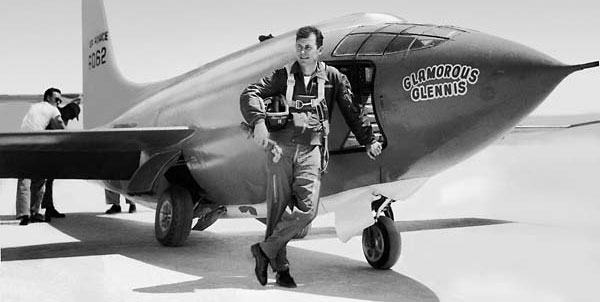
Within its first year, the Air Force faced a major test in capabilities after the Soviet Union instituted a blockade of rail and road lines between the American, British, and French occupation zones of western Germany and their occupation sectors in western Berlin. In response, the Allies launched the Berlin airlift, with air transport the only option for transporting much-needed supplies into West Berlin. Between June 26, 1948, and Sept. 30, 1949, American aircrews made more than 189,000 flights, totaling nearly 600,000 flying hours and exceeding 92 million miles. In June 1950, Communist North Korea invaded the Republic of Korea, and the United States joined other nations to help defend South Korea.
“The battle for air superiority was vital and also reflected the end of propeller-driven fighters and the supremacy of jet aircraft,” Smith said.
After the Air Force lost its advantage to the North Korean, Chinese and Soviet MiG-15 pilots, it responded with the F-86 Sabre, which flew neck-to-neck with the MiG-15, but had a better gun platform.
“Even though peace talks began in July, 1951, they stalled for two years, largely due to issues about the release of prisoners of war,” Smith said. “With a stalemate on the ground and a deadlock in negotiations, U.S. air power ultimately motivated the Communists to reach an agreement. The armistice ending the fighting was signed on July 27, 1953.”
Nuclear Deterrence
During the early decades of Air Force history, there was a near-constant awareness of the challenges posed by the nuclear age. The sheer destructiveness of nuclear weapons resulted in an uneasy “peace” based on a doctrine of mutually assured destruction.

Secretary of Defense Charles E. Wilson assigned responsibility for developing intercontinental ballistic missiles to the Air Force on Nov. 26, 1956. The service responded by activating its first ICBM wing within a year. The first Atlas ICBM launched less than a month later, and its warhead landed within its target area after a 500-mile flight.
Then, on Sept. 9, 1959, Strategic Air Command fired an Atlas ICBM from Vandenberg Air Force Base, which traveled 4,300 miles. Gen. Thomas S. Power, SAC commander, declared the Atlas operational, establishing the ground component of the nuclear triad.
Breaking Social Barriers
The Air Force may have changed the way the world viewed the U.S. military, and it also led the charge in acceptance of diversity within the Armed Forces. The branch of service was the first to plan for racial integration, even before President Truman’s Executive Order No. 9981 directed the desegregation of the U.S. military.
“The new service also saw important steps in the breaking of the gender barrier,” Smith said. “The Women’s Armed Service Integration Act, passed by Congress on June 12, 1948, provided for the establishment of Women in the Air Force, giving women permanent status in the regular and reserve forces of the Air Force.”
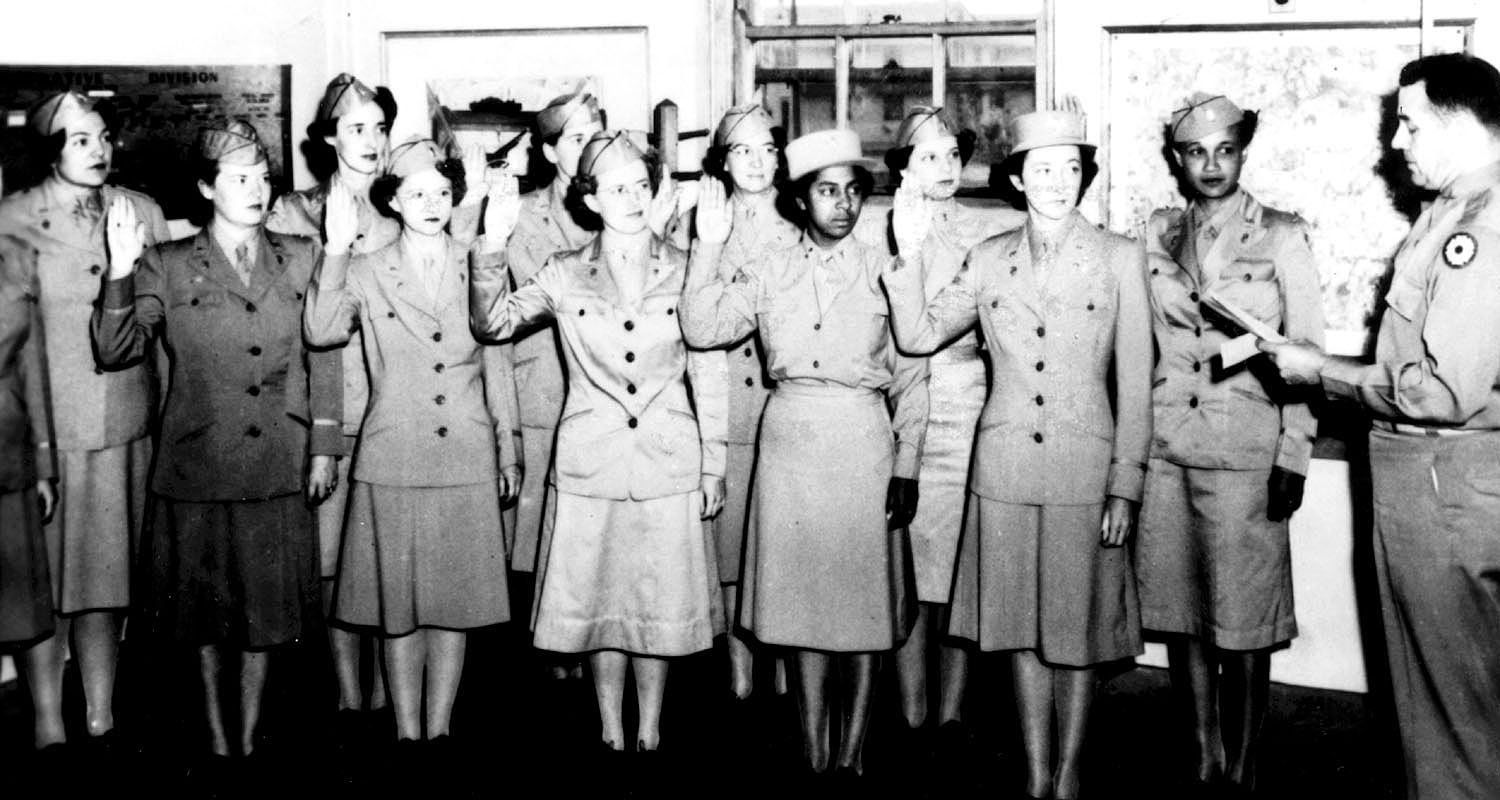
Whether in the sky or within its ranks, the first decade in Air Force history established a heritage of innovation, teamwork and breaking barriers.
